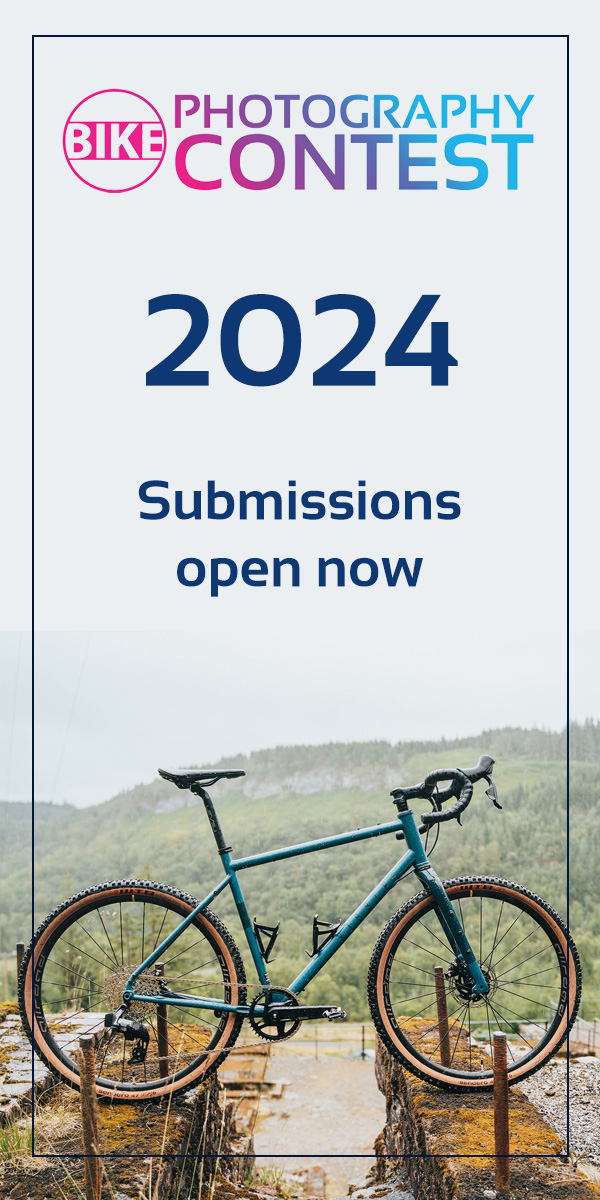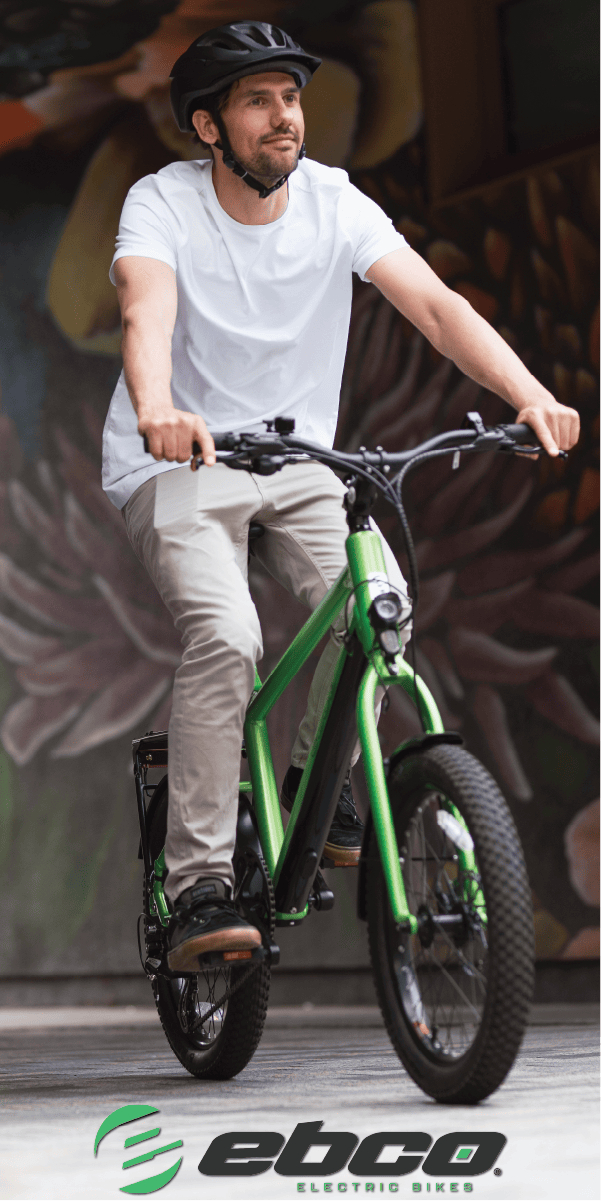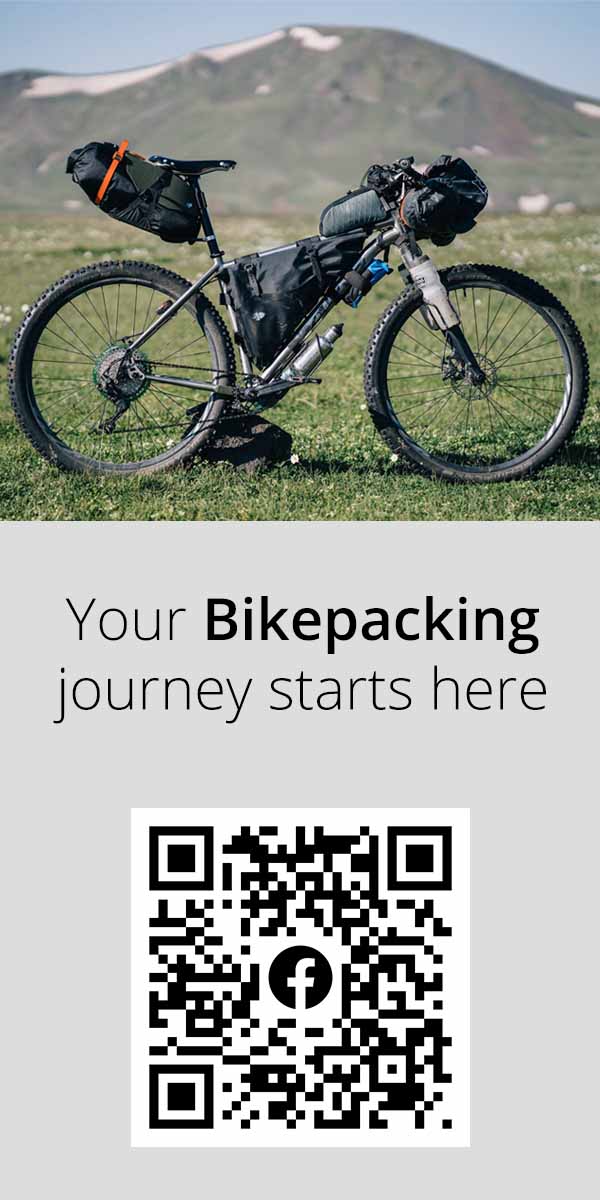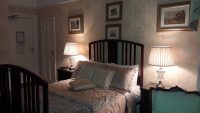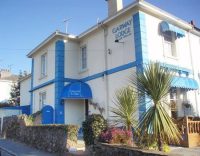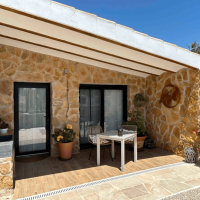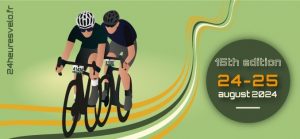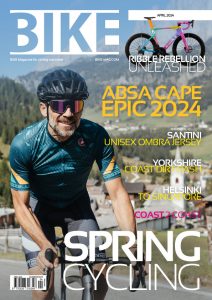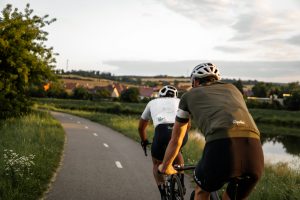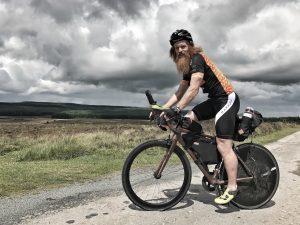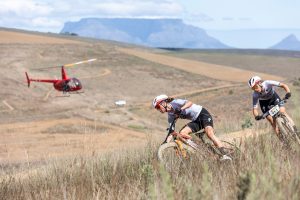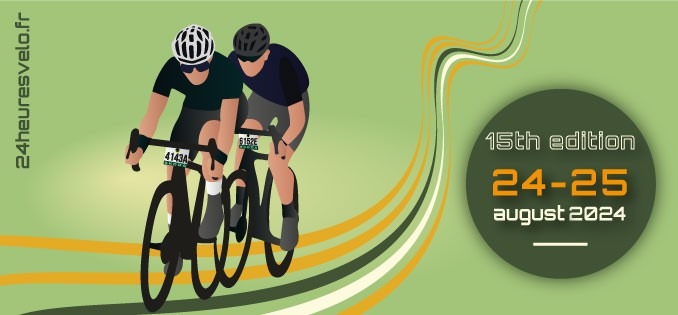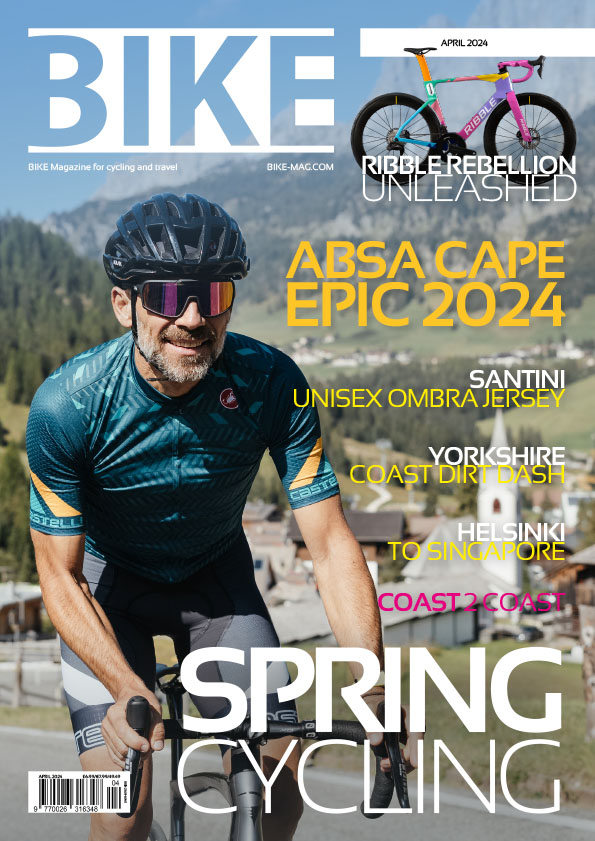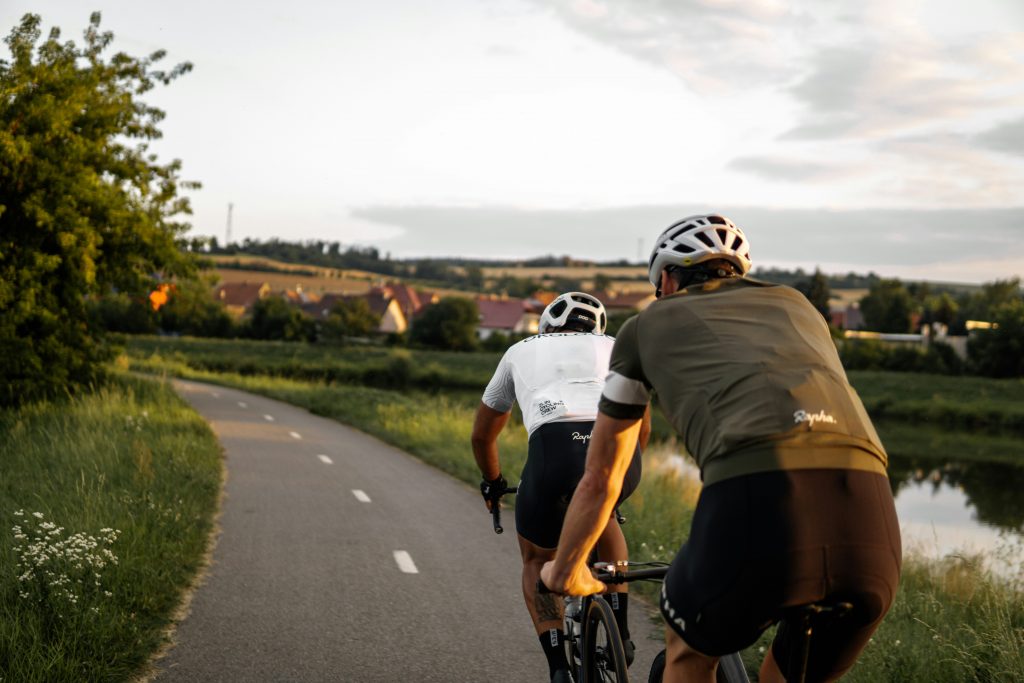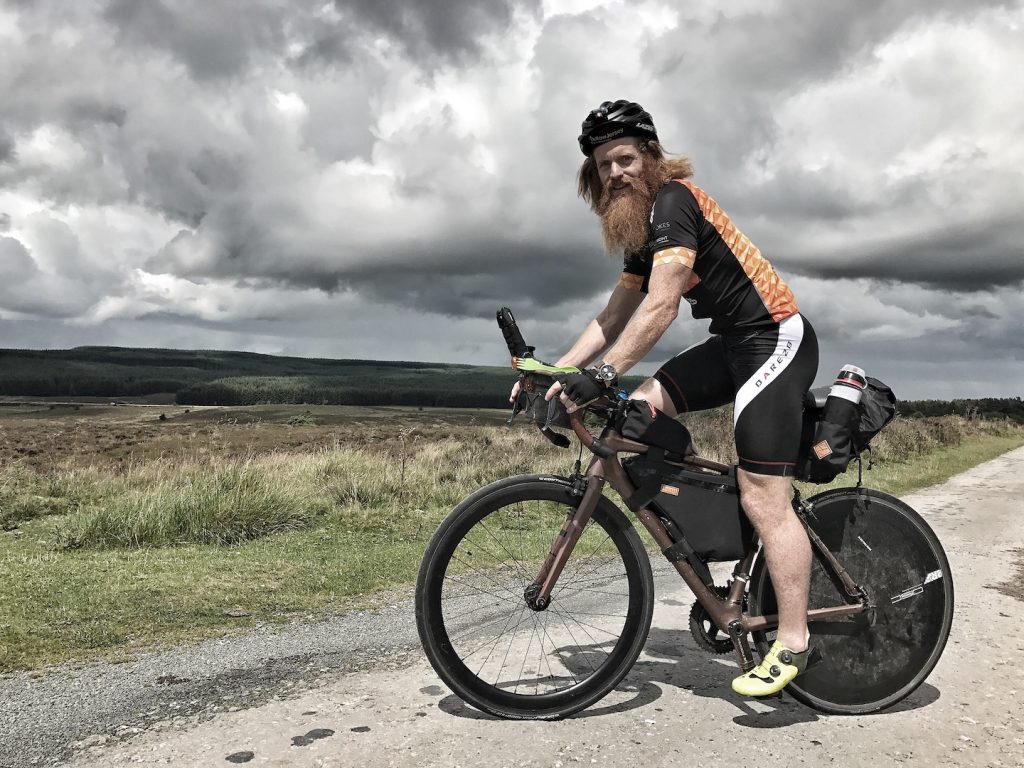I HAVE COME TO LOOK FOR AMERICA: PART 1
Written by Giovanni Stalloni, published in BIKE Magazine February 2022 Issue
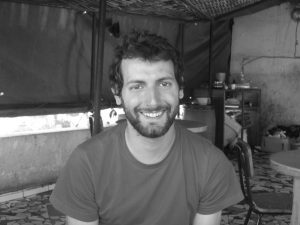
Giovanni is a street photographer whose work explores the relationship between people and their surroundings.
In 2021, Giovanni won the ‘Touring – exploring a city’ category in the BIKE Photography Contest, saying:
“I mostly explore the environment simply looking through the viewfinder of one of my tiny film cameras”, now, he recalls the tale of his 2017 photographic journey across South America. Here he combines experiences of long winded flights and Chilean Hospitals with an immense passion for the unique landscapes and fascinating people he comes face to face with along the way.
Patagonia and Tierra del Fuego Rome, January 31th 2017
I’m lying in my bed, wide awake on one of the coldest winter nights of the year, thinking about what kind of item I could have possibly forgotten to pack. I had everything sorted out and planned, and my backpack was ready.
Every detail was well thought out, the documents in order, my photographic equipment ready and stored, a fat bag of assorted medicines, chargers, books, money and even extra zip-lock plastic bags. Yes, you absolutely cannot cross an entire continent without zip- lock bags.
What if you’re caught in a storm while taking pictures of a sea lion in Patagonia? Your camera needs a safe place to stay. Or you might need to cross a muddy, flooded river in Peru. Or maybe, walking on a beach in Colombia, you happen to find the best shells you’ve ever seen in your life. Where are you going to safely store them? Let’s be practical for once, you need zip- lock bags if you want to travel the world!
But God, what am I thinking? I’m beginning a story about a 13,000km coast to coast trip talking about plastic bags! Let’s start over.
In 2017, I decided to take a long photographic journey across South America, from the very bottom to the very top of the continent. It wasn’t my first solo trip. I’m used to backpacks, hostel dorms, buses and so on. But this time something had to be different. To make it more interesting I was going to follow two basic rules:
1). Buses only. No matter how long it would take.
2). I would only take pictures using a small film camera.
So, I did a bit of research, found two cheap vintage cameras and filled my bag with rolls of film. It’s nothing crazy. Let’s be honest, today there are so many people taking long trips, doing travel blogs, living the so-called ‘van life’ around the world while making a living on Instagram (or so they say).
My trip is a joke compared to them and, in fact, I’ve never intended to be original. I only happened to watch The diary of the motorcycles and thought: yes, let’s do the same thing but with a film camera. After all, impulsive traveling has always been my specialty.
Ok, enough about random thoughts. Let’s skip over to the interesting part: the trip.

My trip would begin from Ushuaia (Argentina), capital of Tierra del Fuego and southernmost city of the continent and probably the entire world. It takes forever to get there, even by air, a mere 21 hours (multiple-flights) from Rome.
While traveling, you can really feel like moving across time zones and seasons like crazy: I left Rome on February 1st, 2°C, winter, all is dark and moody. Arrived in Buenos Aires, 38°C, summer, the sun shines until 9pm; flip-flops, shorts and sunglasses, everybody’s happy. I hopped on another plane and when I reached Ushuaia it was winter again! 5°C, cold and hazy.
No, I mean it is still summer but a different one. In Ushuaia summer means taking a short hike to that glacier right behind your house, or walking in a thick fog to reach that cozy bar to get drunk with that sailor’s feeling of being stranded in the farthest and most unreachable place in the world. But that’s not actually true.
Ushuaia is one of the most touristic cities I’ve ever visited in my life. It’s packed with modern bars and restaurants. You can find all kinds of super expensive trekking equipment stores, luxury hotels and yes, the Hard Rock Cafe. Its harbour hosts enormous cruise ships and most of them wait there to cross the Drake Passage and stop in Antarctica for a few days.
Brace yourself though, those white days will cost you more than an entire month of traveling. No wonder most of the people you see in Ushuaia are rich Chinese tourists eating pizza and buying sport watches, snow jackets and camera gear. The surroundings are beautiful.
Nature in Tierra del Fuego is absolutely fascinating and, when you get the chance to leave the tourists behind, you realize how extreme the land you are in is. The bay of Ushuaia is surrounded by a tall, dark belt of mountains called Costanera, that embraces the glacial Argentine waters, pointed by small green islands.
Behind the city, the terrain goes up and straight into an enormous forest that soon becomes a glacier. It really feels like being at the end of the world, even though the people are nice and peaceful, something surprising considering the harsh environment they inhabit.
After 36 hours of hikes and countless €10 pints, my wallet was getting thinner, so I thought it was time to cross the border, and move my way up to Chile if I wanted to reach the top of the continent; it was day two and I was already broke. So, I begged the bus company to save me a spot on the first bus to Punta Arenas (Chile), 630km up north.
The bus trip is just 10 hours of lonely steppe and frozen desert. The true highlight of traveling in this region is when you finally get to cross the Magellan Strait, shining like silver on a beautiful sunny day. The ferry trip is short, the winds are strong, but the sight is incredible. My mind was still thinking about those waters when I realized that I was off the bus, in the streets of Punta Arenas, the southernmost city in Chile and the capital of Magallanes and Antartica region.
Now it’s time to find the cheapest hostel in town.
Punta Arenas is the exact opposite of Ushuaia: a humble town in the south of Chile. A nice city centre, small houses, normal stores, banks, nothing special. Most travellers stop here for a day or two, before heading to Puerto Natales for the main attraction of this area: the Parque Nacional Torres del Paine – the most iconic trekking in the entire Chilean Patagonia.
It is a lovely place, with lovely people doing their normal working-class life. Even the beach is lovely, but I wouldn’t bother trying to swim in the waters of the Magellan Strait.
I was supposed to be in Punta Arenas for a couple of days but I ended up spending more than a week here, for quite a few reasons.
Reason to stay in Punta Arenas 1: Whale Watching
When I was planning my journey, I discovered this tiny agency called Solo Expediciones. At the time it was the only agency offering quite an interesting trip, regarding whale watching in the Magellan Strait. Now you may think: “Ok, it’s whale watching. Cool, but what’s the big deal?”.
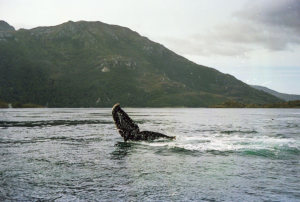
The thing is, you don’t find whales around Punta Arenas. They don’t even come close. If you want to watch whales, you have to take a boat, descend half the Magellan Strait until you reach the Parque Nacional Francisco Coloane (which is a marine national park, only reachable by boat and normally closed to tourism), head into an exact fjord where you know that a certain cetacean community gather to reproduce and wait. While you wait you may notice that in the fjord there is a huge glacier right behind you!
There’s more: the Magellan Strait is an unstable and unwelcoming sea channel that connects the Atlantic with the Pacific Ocean.
The two oceans have different tide levels and the sea moves from one ocean to the other to compensate for this difference. For this reason, the tides and the winds in the Strait change abruptly depending on the sea levels and making the planning of a trip like this, something really challenging. The day I entered the agency to reserve the trip, the lady at the counter looked at me with pity and said: “ok, go to our office and talk to the boss. He is going to explain to you how this works”.
I was prepared for the worst but as I entered the office I found this smiling, friendly and over-excited glacier researcher showing me the route to the fjord and the software they used to evaluate the weather and the winds. I was told that if the weather wasn’t good the trip would be cancelled and rescheduled. When I asked about the boat, the guy got very excited and told me: “It’s a flat lancha, like the ones used in the difficult seas like the Sea of Barents or this one! We’re going to navigate for 5 hours to the fjord and then 5 hours to go back! Hopefully the sea will be calm!”.
I shook his hand and, instead of running away from that office, I booked the trip. Oh and, yes, my trip got postponed twice because of the weather but it was one of the best experiences I’ve ever had in the most fascinating natural environment. During the boat ride, the guy eventually shook my hand so many times that I can’t even remember. Every time I asked a question, he got excited and shook my hand laughing. I saw him shaking other people’s hands too so it definitely wasn’t me. Sometimes passion comes out in the weirdest of ways.
Reason to stay in Punta Arenas 2: An Anaphylactic Shock
I’ve never been a huge fish lover, but I was told that the fish was good in Chile, and I really enjoyed the only fish I ate before I saw my face red and swollen, almost bursting my ears out. Next thing I remember, I was in a cab asking for the hospital. By the way, in Chilean hospitals you pay upfront and then you get to see a doctor. So, I waited patiently with my head like a tomato and my entire body covered in blisters. Paid my visit. Got 3 cortisone shots. Went back to the counter to pay for the shots. Took a cab back to the hostel, and never ate fish again.
Reason to stay in Punta Arenas 3: Street Photography
This was never intended to be a trip for street photos but I’m a passionate street photographer and since I had to wait for the weather to be good for the whales and the face to go back to its normal dimension, I thought I’d give Punta Arenas a shot. Surprisingly, I ended up with some good street pictures. I probably got inspired by being en el fin del mundo as the Chilean say.

In Punta Arenas I met quite a few fellow Europeans taking road trips in the south of Chile by bike. Most of them were riding on the fascinating Carretera Austral, one of the most beautiful highways of the Americas. The Carretera Austral (or Route 7) was built by dictator Augusto Pinochet in the 70’s to connect the small rural villages of the Chilean Patagonia. It goes from Villa O’Higgins to Puerto Montt and while recurring its 1.240 km you will find yourself immersed in all kinds of environments: forests, lakes, rivers, villages, flat plains backdropping snowy mountains.
Among these bikers, there was this Italian young traveler, Marco, who had a different plan: he would travel from Punta Arenas to Alaska. By bike. Alone. Estimated time: 2 years. When I asked Marco how he raised the money to finance this magnificent trip he answered, annoyed: “Ya know, I’ve been saving money working in a farm in Queensland, Australia”. Right! What was I thinking?!
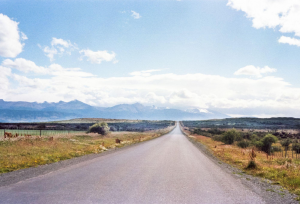
Continued in the next edition.
Want to contact Giovanni? Find him at: gstalloni@gmail.com, or on Instagram.










